The rules engine design pattern is a software architecture approach that centralizes and manages business rules within a system. It allows for dynamic rule changes without altering the core application, enhancing flexibility and agility in decision-making processes. This pattern is significant in modern software development as it enables real-time rule updates, ensures efficient adaptation to changing business requirements, and offers scalability and easier maintenance than traditional rule-based systems. By using a rules engine, organizations can simplify change management, bring order to complex processes, and streamline decision-making, ultimately improving application performance and enhancing user experiences.
In this blog post, we will explore the Rule Engine Design Pattern concept, its benefits, and how to implement it in your software applications. We will discuss various components of the Rule Engine, such as Rule Engine Core, Rule Repository, and Rule Execution Engine. Additionally, we will look at different types of Rule Engines, such as Production Rule Engines and Reactive Rule Engines, and their use cases.
What is a Rule Engine Design Pattern?
A Rules Engine Design Pattern is a software development technique that separates rules from the rules processing logic, following the Single Responsibility Principle. This design pattern makes it easy to add new rules without changing the rest of the system, adhering to the Open/Closed Principle.
The Rules Engine Design Pattern consists of an Evaluator class that loops through a collection of rules and executes them, evaluating the results and deciding what action to take. The rules implement a simple interface, such as IDiscountRule, with a single responsibility that can be as simple or complex as necessary. This approach allows for better code organization, improved readability, maintainability, and testability, especially when long if-else or switch statements need to be replaced or when data may match multiple conditions and have multiple processes run against it. The Rules Engine Design Pattern is particularly useful in scenarios where different sets of rules need to be applied based on specific conditions, such as the version of a recording or the properties of a customer object. By separating the rules from the processing logic, developers can more easily manage and update the rules without affecting the overall rule engine architecture.
Core Components:
The Core Components of a Rule Engine Design Pattern include:
- Rules Engine: This is the core component responsible for processing and executing a set of rules. The component makes decisions and ensures that the specified conditions are met and actions are taken. The rules engine enhances modularity and maintainability and allows efficient rule management independent of the application.
- Collection of Rules: This component contains the set of rules that the rules engine will execute. Rules are typically managed in a central repository and referred to through a unique identifier, or loaded directly from a datastore in the filesystem or in a database.
- Input for Rule Application: This component provides the input that the rules engine uses to execute the rules. It can be in the form of facts, which are the objects to which rule parameters may bind and against which conditions and consequences may execute.
- Trigger Conditions: These conditions specify when a rule should be activated. Triggers may depend on the user's location, the condition of a sensor, a specific instant in time, external weather conditions, or any other factors.
- Actions: These are the intended actions specified in the rules that are activated when the trigger conditions are met. Actions might be as straightforward as turning on a light or as complex as creating a report and sending it to several recipients.
- Rule Trigger Services: These services implement logic to determine when a rule should be triggered. They are a collection of microservices, each capable of processing a very specific type of trigger.
- Rule Processing Engine: This component combines various trigger statuses as per the rule definition to determine if a rule should be triggered.
- Rule Execution Services: These services perform the intended actions specified in the rules.
These components work together to enable extensibility, flexibility, and scalability in rule engine system design.
Read Also:- Top 10+ Business Rules Engine 2024 | Expert Recommendations
Advantages of Using a Rules Engine
The adoption of the Rules Engine Design Pattern in modern software development offers several key advantages that contribute to improved application performance, maintainability, and overall business agility. Let's explore these advantages in detail:
- Improved Maintainability: By externalizing business rules from the application code, the Rules Engine Design Pattern enables a clear separation of concerns. This separation allows for independent management and updates of the rules without the need to modify the core application logic. As a result, the codebase becomes more maintainable, and changes can be implemented more efficiently.
- Enhanced Flexibility: The Rules Engine Design Pattern empowers organizations to adapt to changing business requirements more quickly. With the rules stored and managed externally, updates can be made in real-time without the need for lengthy development cycles or application deployments. This flexibility ensures that the application can keep pace with evolving market conditions and customer needs.
- Increased Agility: The centralized management of rules in a rules engine enables faster decision-making and response times. Business users can directly manage and update rules without relying on IT teams, fostering a more agile and responsive organization. This agility is particularly beneficial in industries with dynamic regulatory environments or rapidly changing customer preferences.
- Improved Scalability: As the business grows and the complexity of rules increases, a rules engine can seamlessly handle the scaling of rule management. The engine can accommodate a large number of rules and efficiently evaluate them, ensuring that the application can scale without compromising performance or decision-making capabilities.
- Better Governance and Compliance: The Rules Engine Design Pattern provides a centralized platform for managing and auditing business rules. This enables better governance, as changes to rules can be tracked, and compliance with regulations can be more easily enforced. The rules engine serves as a single source of truth for all business-critical decision-making logic.
By leveraging these advantages, organizations can unlock the full potential of the Rules Engine Design Pattern, leading to more efficient, adaptable, and compliant software solutions that drive business success.
Also Checkout : Experience Efficiency with Business Rules Software
Implementation in Real-World Applications
The implementation of the Rules Engine Design Pattern in real-world applications is a strategic approach that offers numerous benefits in modern software development. The Rules Engine Design Pattern has a wide range of applications in modern software development. Here are a few practical examples showcasing the pattern's versatility:
- Pricing and Promotions Management: An e-commerce platform can use a rules engine to dynamically manage product pricing, discounts, and promotional offers based on various factors such as customer segmentation, inventory levels, and seasonal trends.
- Loan Approval Workflows: In the financial services industry, a rules engine can be employed to automate the loan approval process, evaluating applicant information against predefined criteria to streamline decision-making.
- Insurance Claim Processing: Insurance companies can leverage a rules engine to handle claim submissions, automatically assessing policy coverage, deductibles, and eligibility based on predefined rules.
- Content Personalization: A media streaming platform can utilize a rules engine to personalize content recommendations for users based on their viewing history, preferences, and demographic data.
Now, one common use case for the Rules Engine Design Pattern is in the context of user permissions and access control management. Let's explore how to implement a rules engine-based solution for this scenario.
See this in action: Book a live demo →
Step-by-Step Implementation
- Define User Roles and Permissions: Identify the various user roles within your application (e.g., admin, manager, employee, customer) and the corresponding permissions or actions they are allowed to perform (e.g., create, read, update, delete).
- Establish Rule Hierarchy: Organize the user roles and permissions into a hierarchical structure, where higher-level roles inherit the permissions of lower-level roles. This hierarchy will serve as the foundation for your rules engine.
- Implement the Rules Engine: Integrate a rules engine component into your application's architecture. This component will be responsible for managing and evaluating the user role-based permissions.
- Externalize Rules: Store the user role and permission rules in a separate, easily configurable location, such as a database, configuration file, or a dedicated rules management system. This allows for dynamic updates without modifying the core application code.
- Integrate the Rules Engine: Incorporate the rules engine into your application's user authentication and authorization processes. When a user attempts to act, the rules engine will evaluate the user's role and permissions against the predefined rules to determine if the action is allowed.
- Provide Rule Management Interface: Develop an administrative interface or a rules management system that allows authorized users (e.g., system administrators) to easily view, modify, and maintain the user role and permission rules without directly modifying the application code.
- Implement Rule Versioning and Auditing: Incorporate features for versioning and auditing the rules, enabling you to track changes, revert to previous versions if necessary, and maintain a comprehensive history of rule modifications.
- Test and Validate the Rules Engine: Thoroughly test the rules engine's functionality, ensuring that the user permissions and access control are enforced correctly across various user scenarios and edge cases.
By following this step-by-step approach, you can effectively implement a rules engine-based solution for managing user permissions and access control in your application. This approach promotes flexibility, maintainability, and scalability, as the rules can be easily updated without modifying the core application logic.
Classes in Rule Engine Pattern
Classes are the foundation of logic and flexibility in the Rules Engine Pattern, converting unstructured data into useful results. Rules clearly define circumstances, the engine precisely coordinates their execution, and input classes link real-world situations to the system's intelligence. Each class represents a distinct duty. When combined, they create a dynamic symphony of logic that enables developers to create solutions that are not just useful but also sophisticated, scalable, and robust. These classes provide life to systems that adapt, change, and deftly handle real-world problems with each new rule added and condition improved.
1. Rule Class
The Rule class groups a specific business condition and the equivalent action that will be performed if the condition is met. It often includes the following ones:
- A way to check whether the rule is true would be by using its condition.
- An influence that operates by deriving an act when the specified rule for it is implemented.
For instance, in a discount system, the rule checks whether a customer will receive a discount and then gives it to him/her when possibly he/she is entitled to one.
class DiscountRule(Rule):
def __init__(self, threshold, discount_percentage):
"""Initialize the rule with a threshold and discount percentage."""
self.threshold = threshold
self.discount_percentage = discount_percentage
def evaluate(self, customer):
"""Check if the customer's purchase amount exceeds the threshold."""
return customer["purchase_amount"] > self.threshold
def execute(self, customer):
"""Apply the discount if the rule is satisfied."""
discount = customer["purchase_amount"] * (self.discount_percentage / 100)
customer["discount"] = discount
print(f"Discount of {discount} applied to Customer: {customer['name']}")
2. Rule Engine Class
The Rule Engine controls the process being the supervisor of the rules’ execution process. The functions incorporate:
- Receiving and saving a group of rules.
- Traversal through the collection of rules for the determination of the rules’ applicability.
- Implementing the activities of the rules that have been applied, either by turning them one after another or at the same time in parallel.
For example a class that iterates through a collection of rules and executes applicable ones
class RuleEngine:
def __init__(self):
"""Initialize the rule engine with an empty list of rules."""
self.rules = []
def add_rule(self, rule):
"""Add a rule to the engine."""
self.rules.append(rule)
def execute_rules(self, data, context):
"""
Evaluate and execute all rules in the engine.
Add applied rules to the context.
"""
for rule in self.rules:
if rule.evaluate(data):
rule.execute(data)
context.add_applied_rule(rule)
3. Context Class
The Context object acts as a prop that a rule asks for before it makes its judgment by returning the data that a rule needs for its evaluation. In the case of its user inputs, system states, or external parameters having been accessed, the container acts as a common space where the interaction of rules with their inputs takes place.
For example,A context class tracking which rules were applied.
class RuleContext:
def __init__(self):
"""Initialize the context with an empty list of applied rules."""
self.applied_rules = []
def add_applied_rule(self, rule):
"""Add a rule to the list of applied rules."""
self.applied_rules.append(rule)
def get_applied_rules(self):
"""Retrieve the list of applied rules."""
return self.applied_rules
4. Action Class
In a rule engine pattern, an Action Class contains the business logic or processes that ought to be carried out when a rule is activated. It encourages modularity and reusability by separating the "what to do" reasoning from the "when to do it" criterion.
Key Features:
- Indicates what to do when the rule's condition evaluates to true, or the "then" portion of a rule.
- maintains the logic for evaluating rules separate from the action to be performed.
- Can be used across multiple rules
For example, if a customer has an order value of more than $60 then they are eligible for free shipping which is applied by itself.
class Action:
def execute(self, data):
pass
class FreeShippingAction(Action):
def execute(self, order):
order["free_shipping"] = True
print(f"Free shipping applied to Order ID: {order['id']}")
class FreeShippingRule:
def __init__(self, threshold, action):
self.threshold = threshold
self.action = action
def evaluate_and_apply(self, order):
if order["total_amount"] > self.threshold:
self.action.execute(order)
# Main logic
if __name__ == "__main__":
# Sample order
order = {"id": "ORD123", "total_amount": 75.0, "free_shipping": False}
# Define the rule and action
action = FreeShippingAction()
rule = FreeShippingRule(threshold=50.0, action=action)
# Apply the rule
rule.evaluate_and_apply(order)
# Output result
if order["free_shipping"]:
print(f"Order {order['id']} qualifies for free shipping!")
else:
print(f"Order {order['id']} does not qualify for free shipping.")
Output:
Free shipping applied to Order ID: ORD123
Order ORD123 qualifies for free shipping!
Sample Logic that could benefit from Rules Engine Pattern
The Rules Engine Design Pattern is especially useful in cases where business logic is lively, intricate, or frequently changing. Lets look at some practical scenarios with real-world logic that can take much gain from the pattern:
1. Discount and Pricing Rules in E-Commerce
Situation: An internet merchant wishes to implement dynamic pricing according to a number of variables.
Rules:
- Raise the price by 10% if there is a great demand for the goods.
- Use a 15% discount if the client is a loyalty member.
- Use a 30% discount if the product is on clearance.
2. Fraud Detection in Financial Systems
Situation: A bank seeks to identify transactions that might be fraudulent.
Rules:
- Flag a transaction for review if it is foreign and the sum exceeds $10,000.
- Notify the user if the transaction was completed from a different device.
- Block the account momentarily if several transactions from the same account happen quickly.
3. Content Personalization
Situation: A news website wants to give its readers a customized reading experience.
Rules:
- Show articles according to the user's reading habits and history.
- Adapt the content of the web page dynamically in response to user interactions in real time.
4. Healthcare Workflow Automation
Situation: A medical professional must oversee patient care according to a number of health indicators.
Rules:
- Make an appointment for a follow-up if a patient's blood pressure is higher than 140/90.
- Send a reminder to a patient who hasn't been in more than a year.
- Look for possible drug interactions if a patient is given a new prescription.
5. Access Control in Security Systems
Situation: To make sure that only those with permission can visit sensitive facilities like server rooms and executive offices, a corporate office wishes to control access.
Rules:
- Only authorized people may enter certain locations; access is granted according to user roles.
- Restrict certain user groups' access to critical locations during specified hours.
- Require several forms of verification, including a biometric scan and a keycard, in order to gain access to secure areas.
6. Game Development
Situation: To make sure that only those with permission can visit sensitive facilities like server rooms and executive offices, a corporate office wishes to control access.
Rules:
- Players can only access game features and places after completing particular quests or reaching predetermined milestones.
- When players complete particular in-game tasks (such as fighting a boss or gathering a certain quantity of things), grant them access to special material or levels.
- Make sure that only paying users can access specific game aspects by limiting access to premium material or features based on player membership status or one-time purchases.
7. Regulatory Compliance
Situation: To safeguard patient privacy and data security, a healthcare company must make sure that its patient data management system conforms with laws like HIPAA (Health Insurance Portability and Accountability Act).
Rules:
- To avoid unwanted access, all patient data must be secured while it's in transit and at rest.
- Establish stringent access controls to guarantee that, in accordance with their roles, only authorized people have access to sensitive patient data.
- To prove compliance with legal obligations, conduct routine audits of data access and usage and keep thorough logs.
Read Also: Workflow Rules for a Professional Workflow Management
Nected's Approach to Rule Management
Nected, a leading provider of a Business Rule Management System (BRMS), offers a comprehensive approach to rule management that empowers organizations to effectively centralize and manage their business rules.
Flexible Rule Types
Nected's rules engine supports a variety of rule types, including:
- Rule Sets: A collection of individual rules that can be executed together to achieve a specific outcome.
- Rule Chains: A sequence of rules that are executed in a predefined order, allowing for more complex decision-making processes.
- Decision Tables: A tabular representation of rules, where conditions and actions are organized in a grid-like structure for easy visualization and maintenance.
- Decision Trees: DecisionTree is a powerful rule type in Nected that enables you to create complex branching logic for decision-making scenarios.
This flexibility enables organizations to model their business logic in the most suitable format, ensuring that the rules engine can adapt to diverse requirements.
Seamless Data Connectivity
Nected's rules engine seamlessly integrates with various data sources, allowing organizations to leverage their existing data infrastructure. Users can connect to databases, APIs, and other data endpoints to retrieve the necessary information for rule evaluation.
Custom JavaScript Capabilities
Nected's rules engine offers a unique feature that allows users to incorporate custom JavaScript code within their rules. This enables advanced data manipulation, transformation, and integration with external systems, providing organizations with the ability to tailor the rules engine to their specific needs.
Multiple Output Formats
The rules engine supports a range of output formats, including constants, JSON, and custom JavaScript formulae. This flexibility ensures that the results of rule evaluations can be easily integrated into the organization's existing applications and workflows.
No-Code Rule Management
Nected's intuitive, no-code rule management interface empowers business users to create, modify, and manage rules without the need for extensive technical expertise. This approach promotes collaboration between IT and business teams, enabling faster response to changing requirements.
Versioning and Auditing
Nected's rules engine includes robust versioning and auditing capabilities, allowing organizations to track changes to rules over time and maintain a comprehensive history of modifications. This feature enhances governance, compliance, and the ability to revert to previous rule configurations if necessary.
By leveraging Nected's comprehensive approach to rule management, organizations can unlock the full potential of the Rules Engine Design Pattern, driving increased flexibility, agility, and efficiency in their software applications.
Conclusion
In conclusion, the Rules Engine Design Pattern stands as a cornerstone in modern software development, offering a myriad of benefits that elevate the efficiency, flexibility, and maintainability of applications. By externalizing business rules and centralizing decision-making logic, organizations can adapt swiftly to changing requirements, streamline maintenance tasks, and enhance overall agility.
Through practical examples and use cases like user permissions and access control, we have seen how the Rules Engine Design Pattern can be applied in real-world scenarios to improve decision-making processes and ensure compliance with business rules. The step-by-step implementation guide provided a clear roadmap for integrating a rules engine into applications, emphasizing the importance of rule hierarchy, externalized rules, and robust testing procedures.
Nected's approach to rule management further exemplifies the power of a well-designed rules engine, offering flexible rule types, seamless data connectivity, custom JavaScript capabilities, and a user-friendly no-code interface. The emphasis on versioning, auditing, and multiple output formats ensures that organizations can maintain control over their business rules while adapting to evolving business needs.
The Rule Engine Design Pattern, when implemented effectively, not only enhances software applications but also fosters collaboration between business and IT teams, promotes governance and compliance, and drives innovation in decision-making processes. Embracing this pattern is a strategic move for organizations looking to stay competitive, agile, and responsive in today's dynamic business landscape.
Check out:- DMS: The Ultimate Need for All Businesses
FAQs:
Q1. How does the Rules Engine Design Pattern differ from traditional if-else or switch-case statements?
The Rules Engine Design Pattern differs from traditional if-else or switch-case statements in several key ways:
- Separation of Concerns: The Rules Engine Design Pattern separates the business rules from the core application logic, promoting a clear separation of concerns. This makes the codebase more maintainable and adaptable to changes.
- Centralized Rule Management: Rules are managed and stored in a centralized rules engine, rather than being embedded within the application code. This enables easier rule updates and auditing.
- Scalability: Rules engines are designed to handle a large number of rules efficiently, making them more scalable than traditional control flow statements.
- Flexibility: Rules engines allow for dynamic rule changes without modifying the application code, providing greater flexibility in adapting to evolving business requirements.
Q2. Can a rules engine be used in real-time decision-making scenarios?
Yes, rules engines can be effectively used in real-time decision-making scenarios. The performance and scalability of modern rules engines allow them to evaluate and apply rules quickly, enabling real-time responses to events or user actions. This makes them suitable for applications that require immediate decision-making, such as fraud detection, stock trading, or dynamic pricing.
Q3. How can a rules engine be integrated with machine learning models?
Rules engines and machine learning models can be integrated to leverage the strengths of both approaches. Rules engines can be used to encode domain-specific knowledge and business logic, while machine learning models can be employed to handle complex, data-driven decision-making tasks. This hybrid approach allows organizations to combine the interpretability and control of rules with the predictive power of machine learning, leading to more robust and adaptable decision-making systems.
Q4. What are the considerations for choosing a rules engine technology?
When selecting a rules engine technology, key considerations include:
- Performance and Scalability: Evaluate the engine's ability to handle a large number of rules and perform efficient rule evaluations, especially in high-throughput scenarios.
- Ease of Integration: Assess the engine's compatibility with your existing technology stack and its ability to seamlessly integrate with your data sources and applications.
- Rule Management Capabilities: Consider the engine's features for rule authoring, versioning, auditing, and deployment to ensure it aligns with your organization's rule management needs.
- Vendor Support and Community: Evaluate the vendor's commitment to the product, the availability of documentation, and the size and activity of the supporting community.
- Licensing and Pricing: Understand the licensing model and pricing structure to ensure it fits your budget and organizational requirements.
Q5. How can the Rules Engine Design Pattern be combined with other architectural patterns?
The Rules Engine Design Pattern can be effectively combined with other architectural patterns to enhance the overall design and capabilities of software applications. Some common combinations include:
- Microservices Architecture: Integrating a rules engine as a standalone microservice allows for independent scaling, deployment, and maintenance of the rule management functionality.
- Event-Driven Architecture: Coupling the rules engine with an event-driven architecture enables real-time rule evaluation and decision-making in response to events.
- Layered Architecture: Positioning the rules engine as a separate layer within a layered architecture promotes separation of concerns and facilitates the integration of rules with other application components.
- Plug-in Architecture: Designing the rules engine as a plug-in or extension point allows for the easy integration of custom rule management capabilities into the application.
By leveraging these architectural pattern combinations, organizations can create more robust, scalable, and adaptable software solutions that effectively leverage the benefits of the Rules Engine Design Pattern.



.png)
.svg)
.webp)

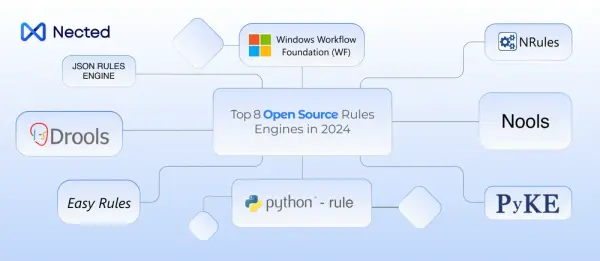



.webp)
.svg)
.webp)
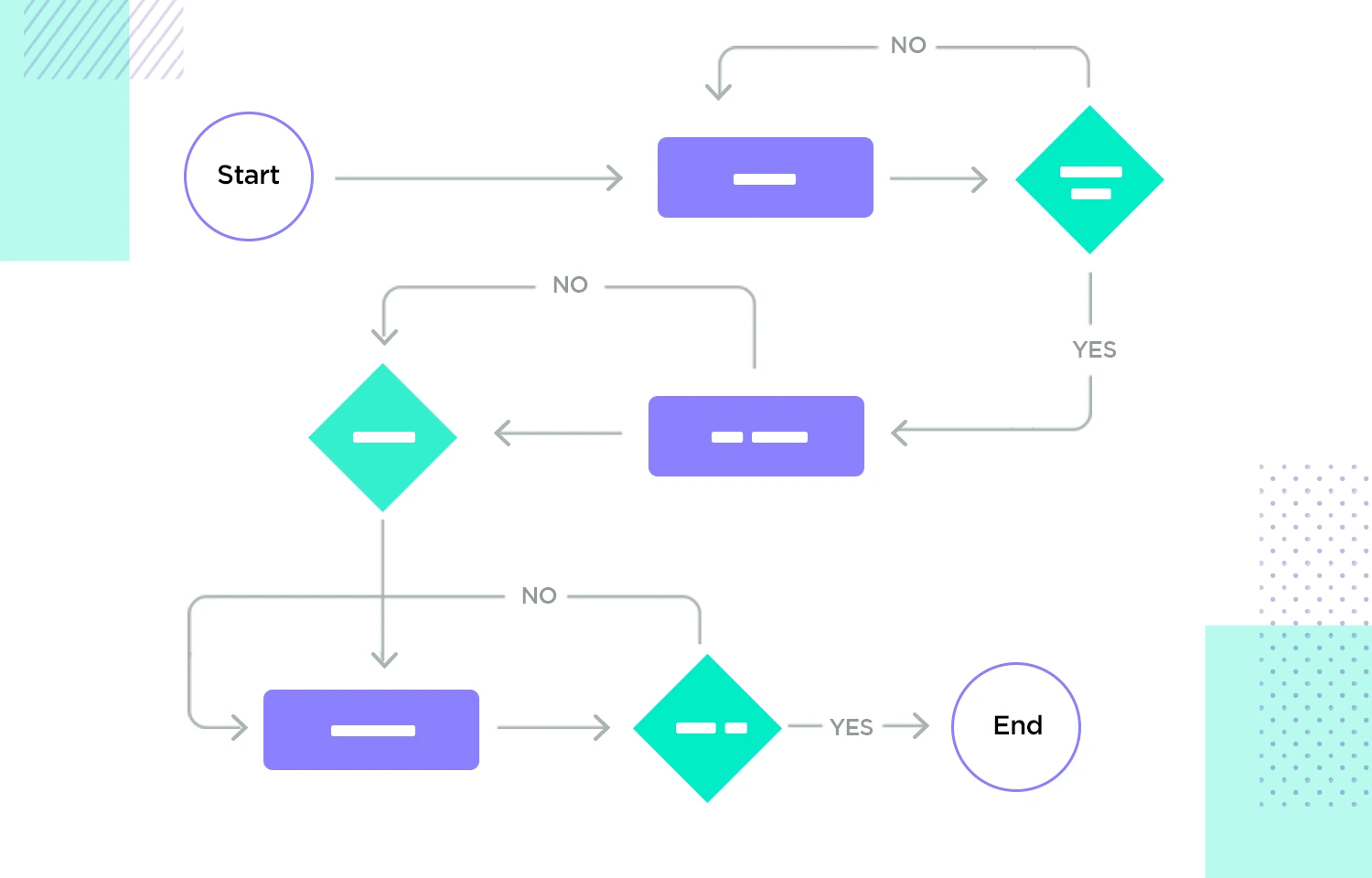
.webp)

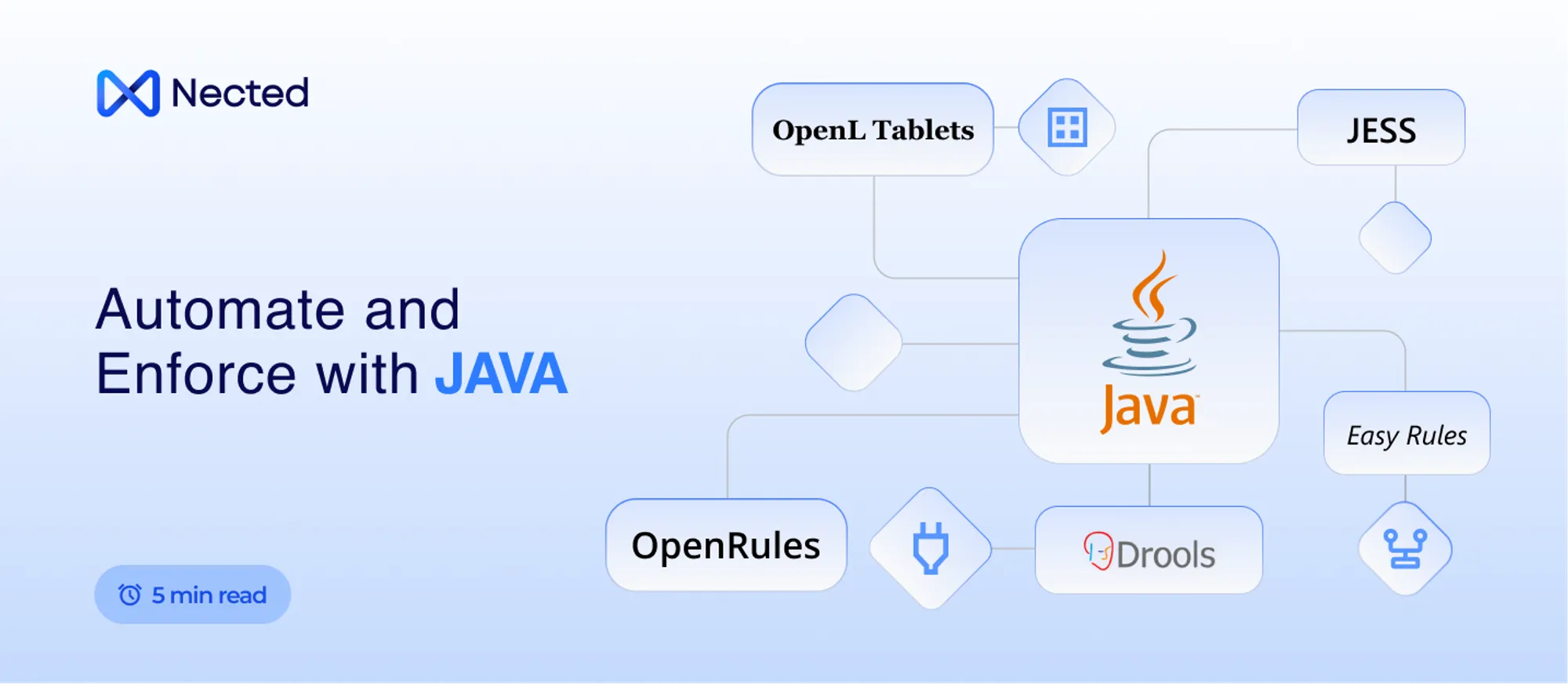
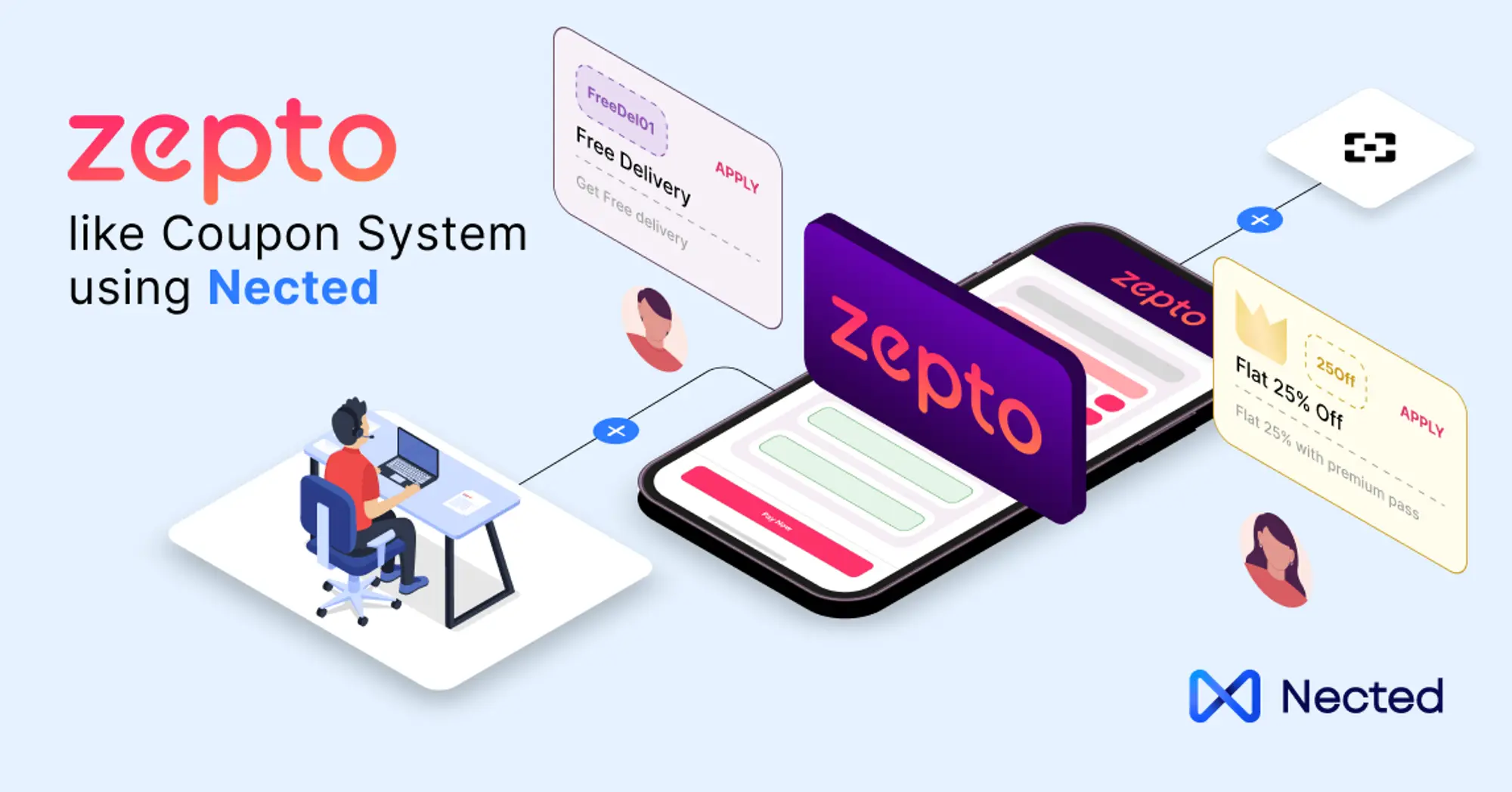
.webp)


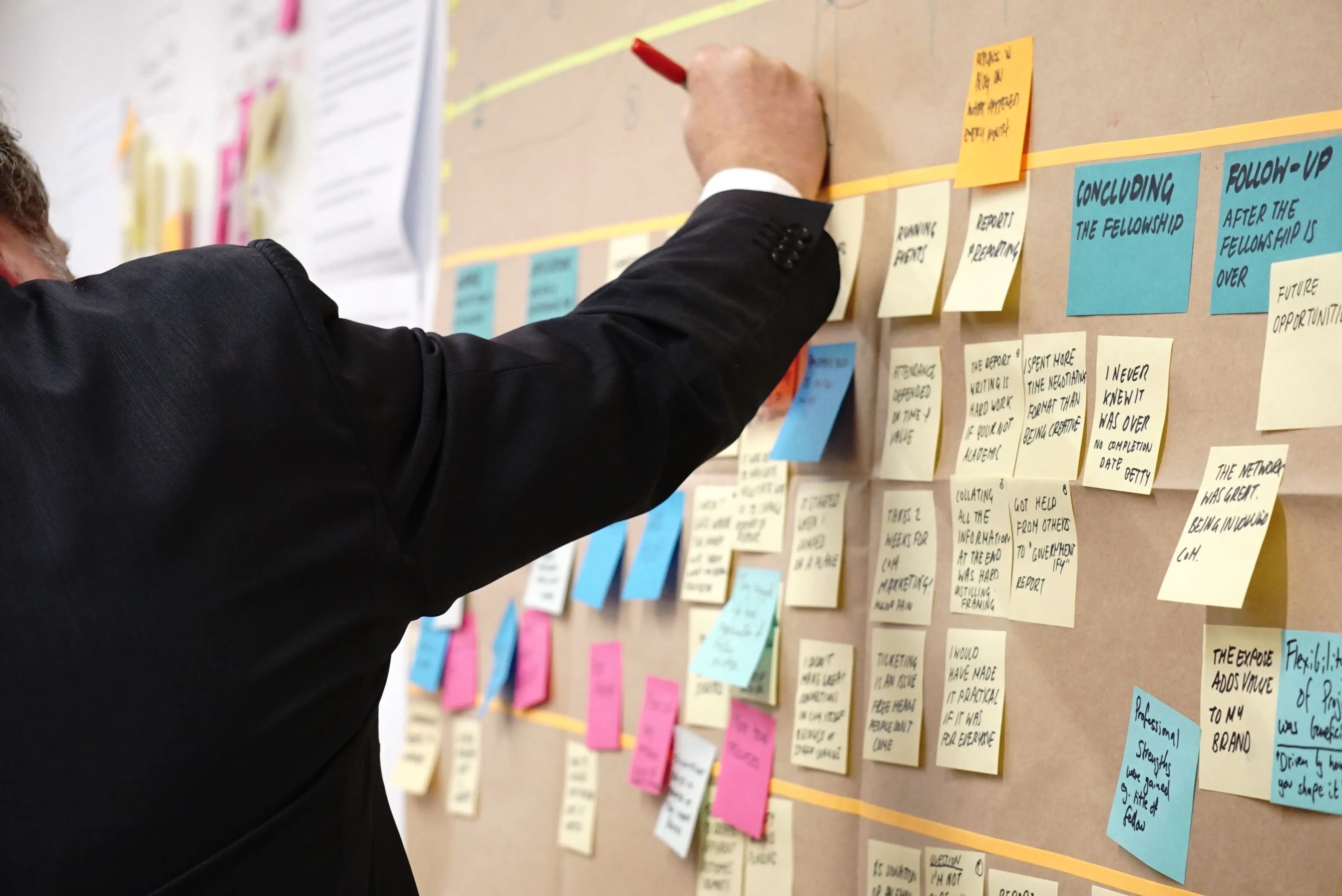
.webp)

.svg)
.webp)




.webp)

.svg.webp)
.webp)
.webp)
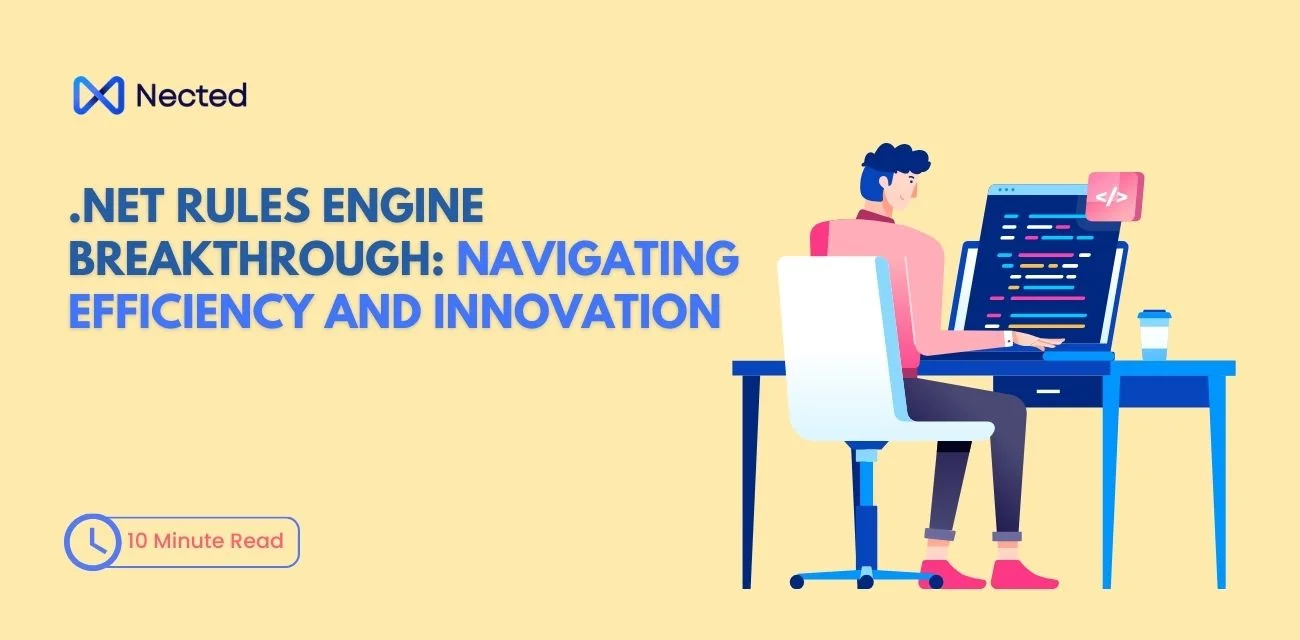

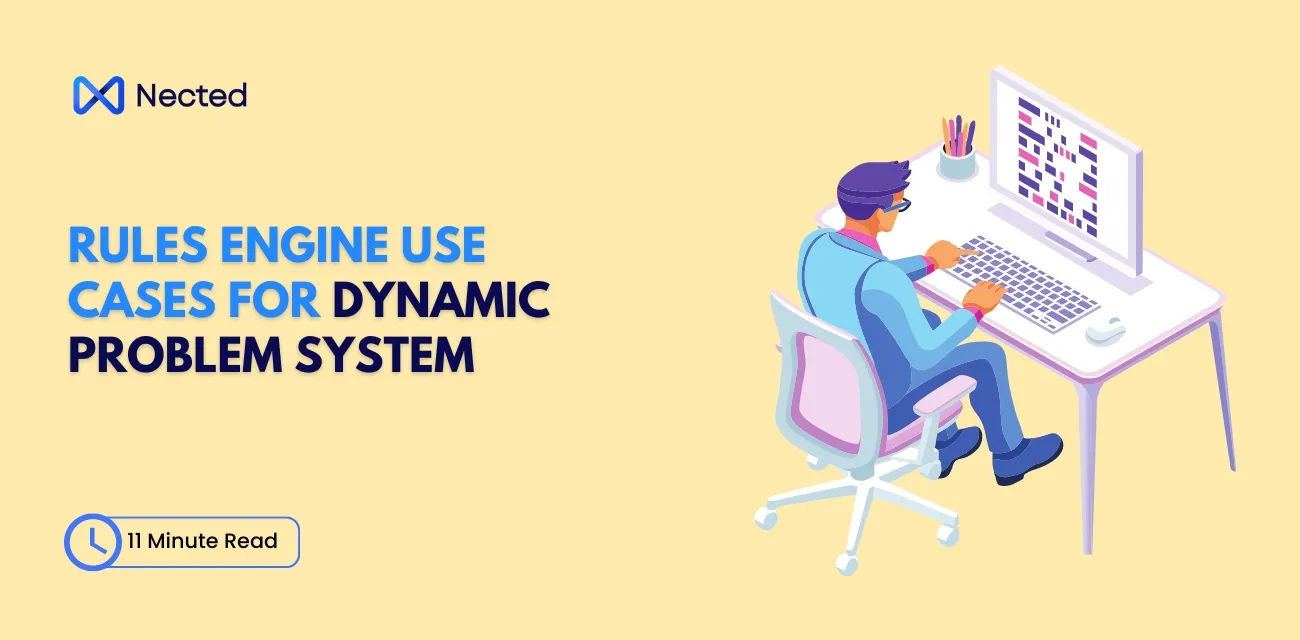


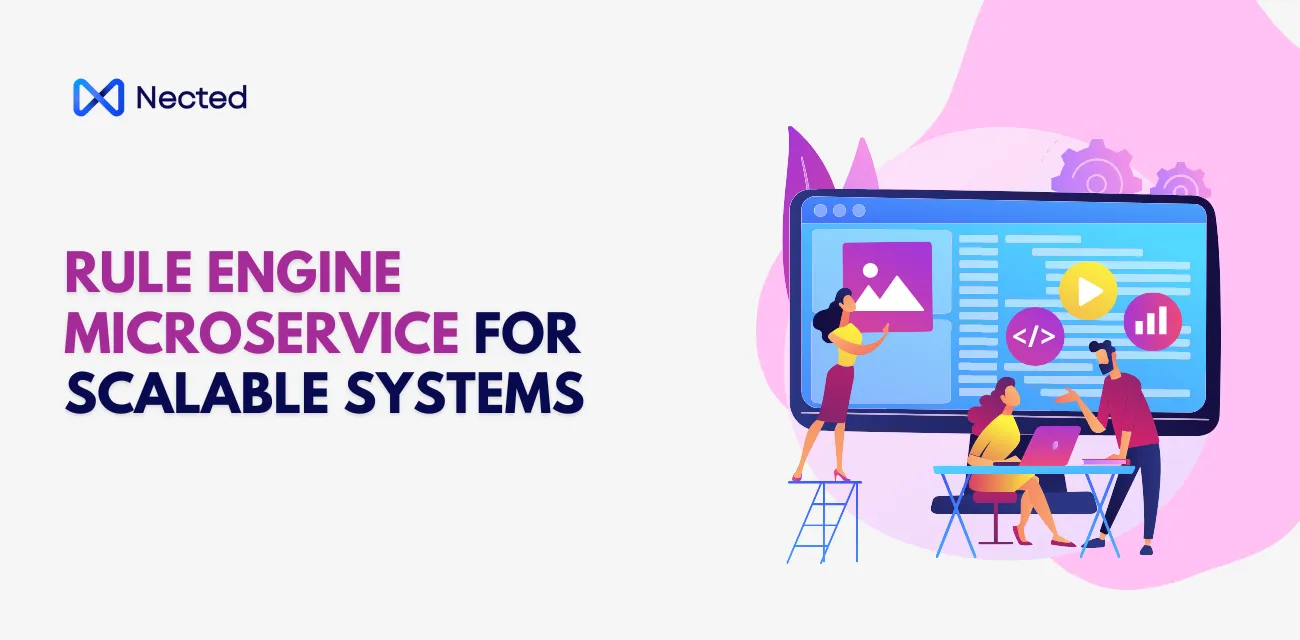



.webp)
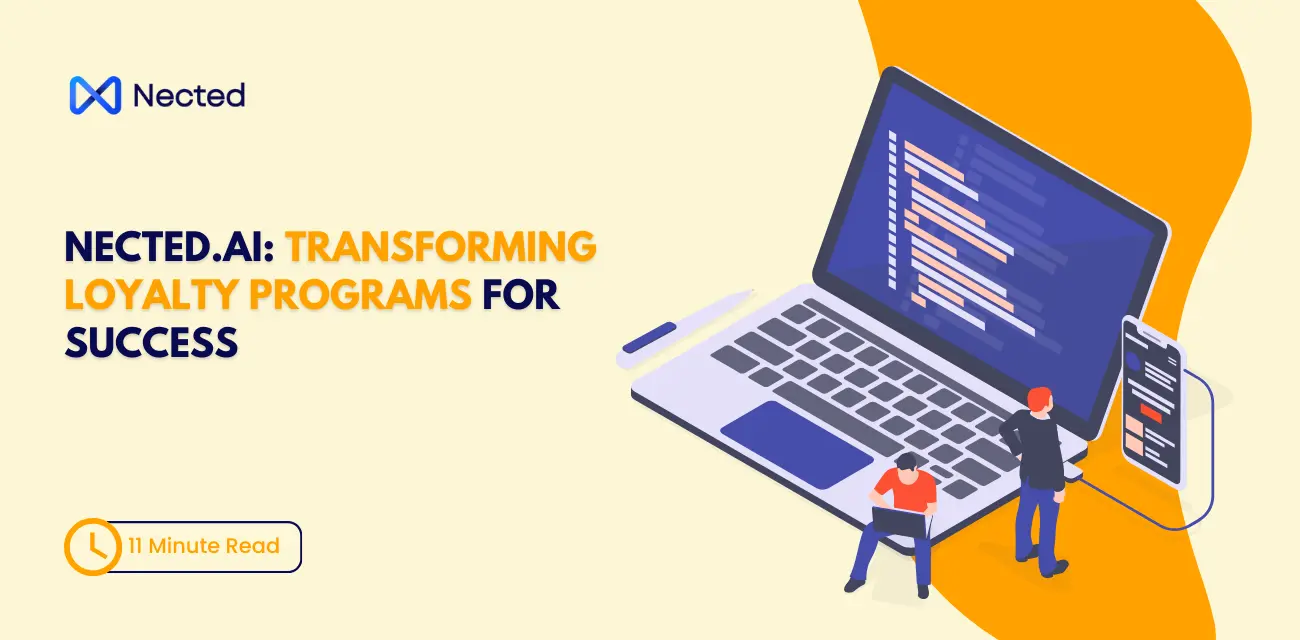
%20m.webp)
.webp)
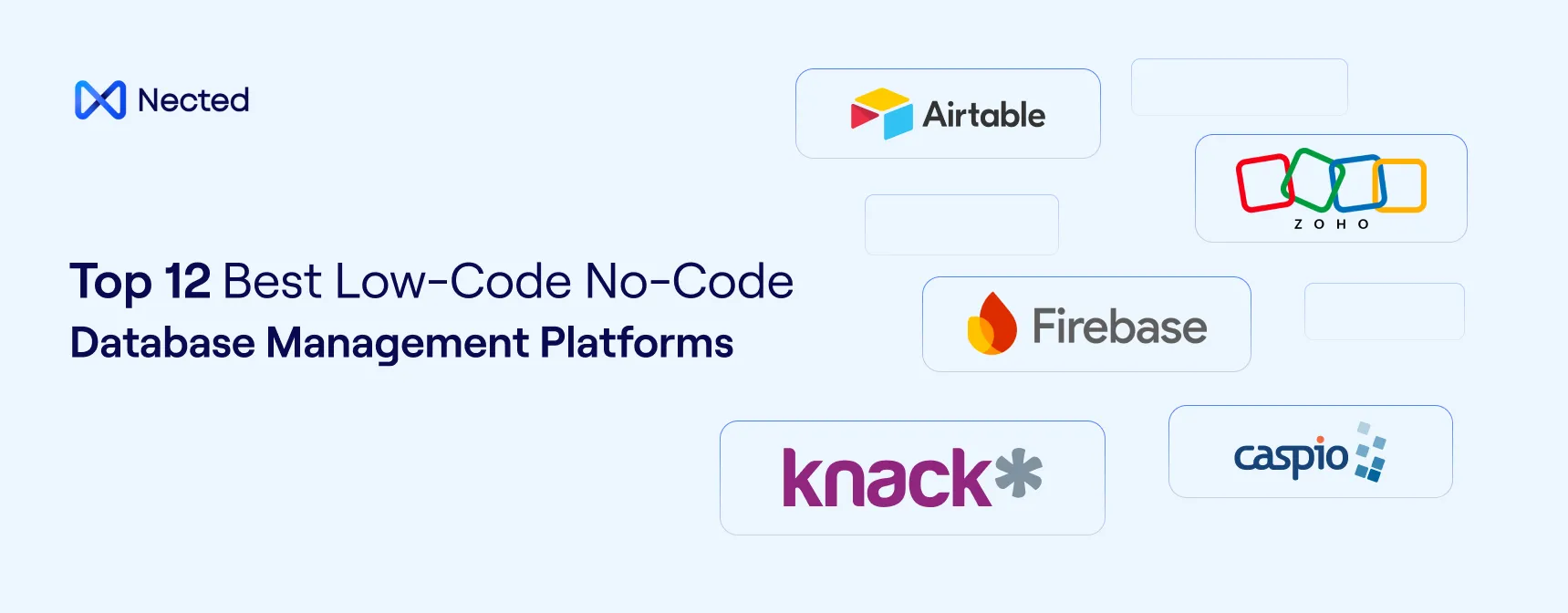


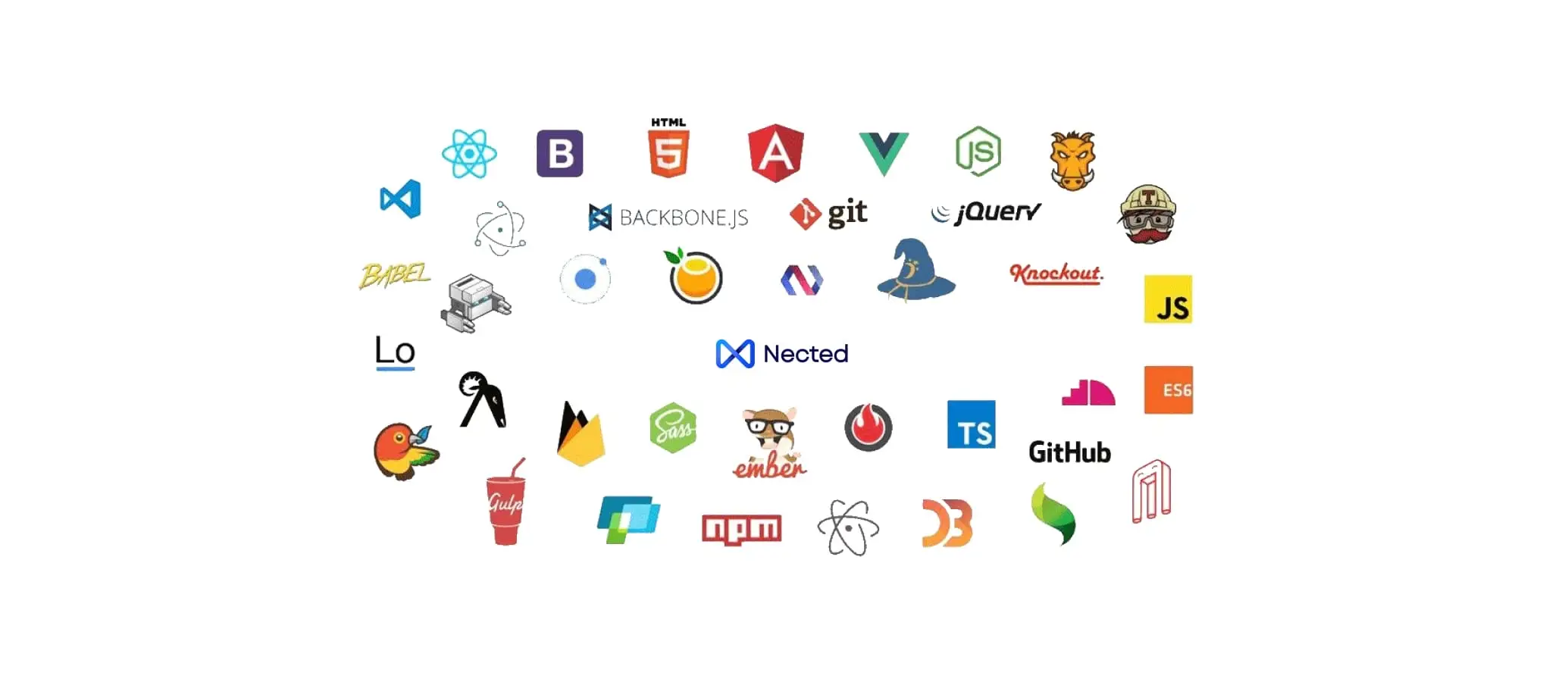

.webp)

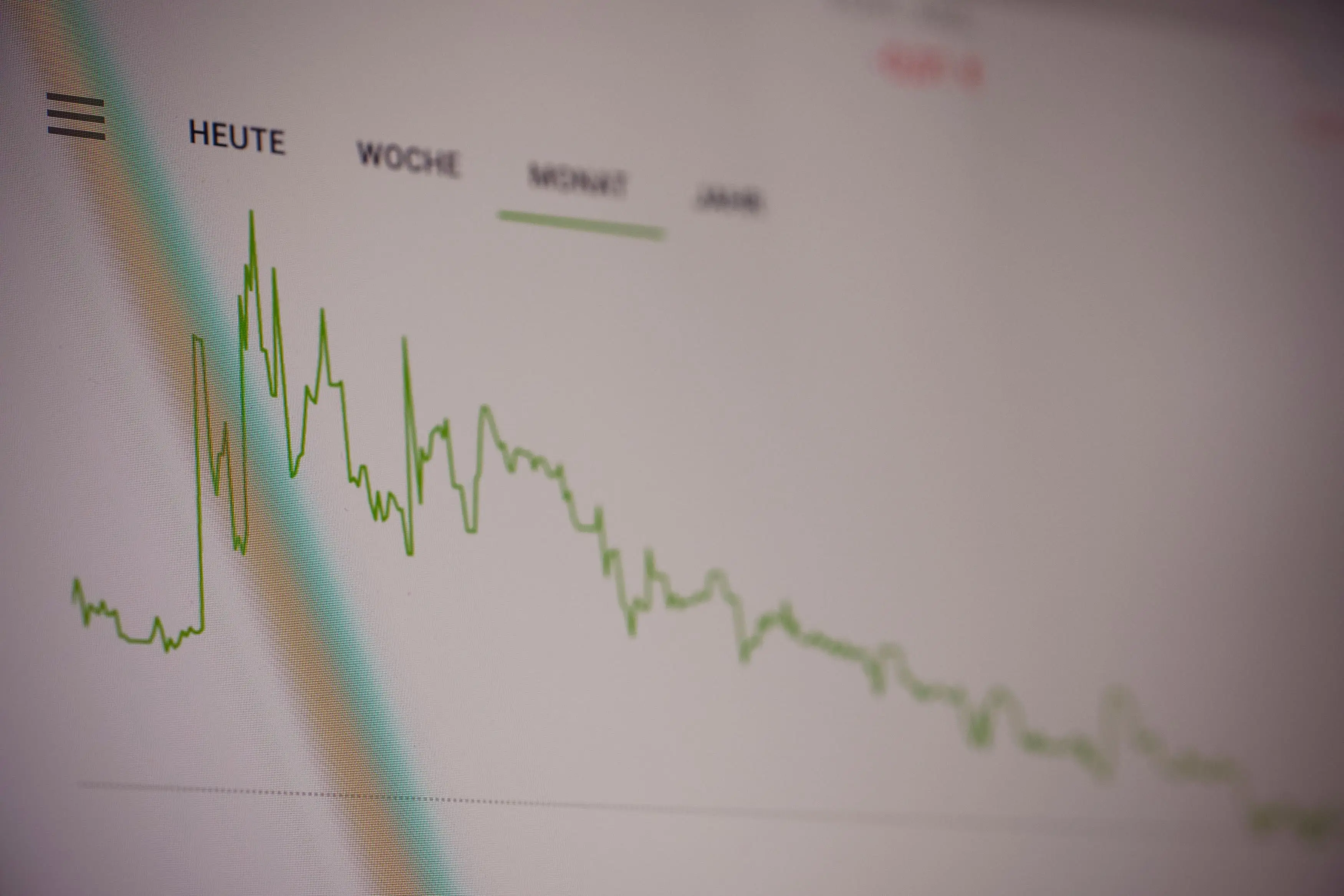



%20(1).webp)
